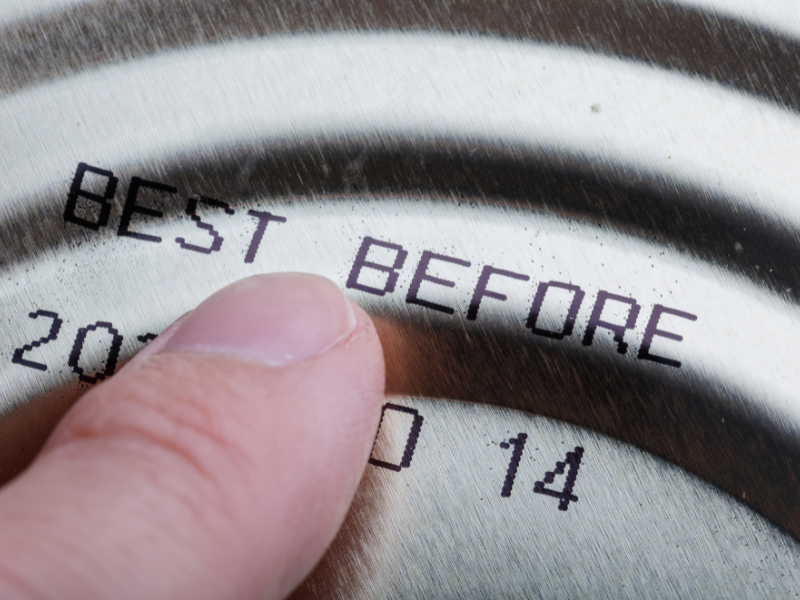Stocking up on food storage is essential for emergency preparedness, but keeping a detailed, up-to-date inventory is just as critical. A well-maintained inventory saves time and money by ensuring you know when to rotate short-term and long-term food supplies. Plus, it prevents unnecessary trips to the grocery store during emergencies. Here, we’ll share proven food storage inventory tactics to make your preparedness journey easier.
1. Establish a Method
Dedicate a specific space in your home for food storage, such as a spare room, closet, pantry, basement, or cellar. Ideally, this area should remain cool and not exceed 75°F to extend food shelf life. Once you’ve determined the space, plan shelving and food organization. Conduct a family meeting to explain the setup, inventory tracking, and food usage order.
2. Create a Menu
For a successful food storage strategy, choose foods your family enjoys and uses regularly. Create a monthly menu with 30 or 31 meals that incorporate ingredients from your short-term food storage. For added flexibility, consider separate menus for summer and winter.
3. Practice Food Rotation
Maintaining a detailed food storage inventory keeps you aware of stock levels and expiration dates. Using your menu regularly helps you rotate food efficiently, preventing waste. Label items with purchase and expiration dates, and set reminders to replenish supplies. Many preppers use inventory apps, spreadsheets, or professional tracking services.

4. Store Duplicate Items Together
Keep your food storage inventory organized by storing similar items together. Dedicate separate shelves for cooking essentials, dehydrated foods, freeze-dried items, and canned goods. Group duplicates to simplify inventory checks and replacements. Pro Tip: Place older items at the front and new ones at the back to ensure proper rotation.
5. Use Deep, Accessible Shelving
Accessible shelves make food rotation and inventory checks easier. Arrange items with the oldest in front and newest at the back. Deep shelves allow you to store more efficiently while keeping your system orderly.

"Store food in categories on your shelves, either in boxes of No. 10 cans, cases, or even stackable half-case trays of canned foods. If shelves are deep, keep older boxes in the front and add new ones to the back. This system makes it simple to notice when you’ve used a box and need to replace it." – Leslie Probert













